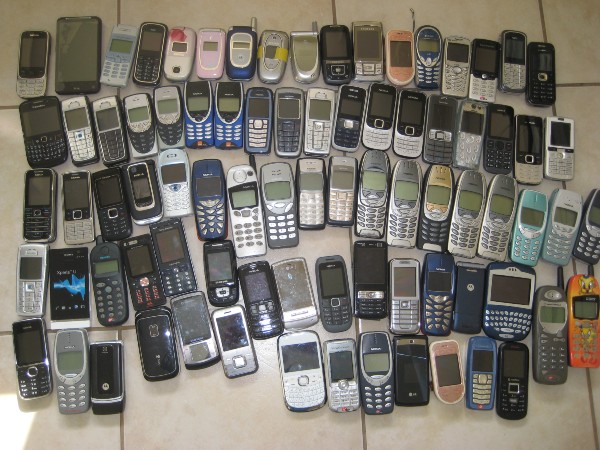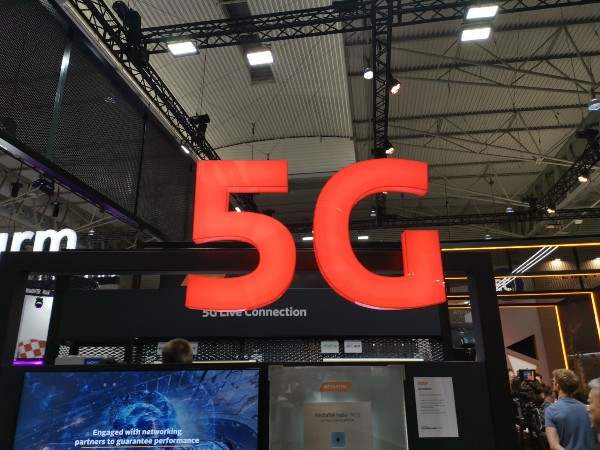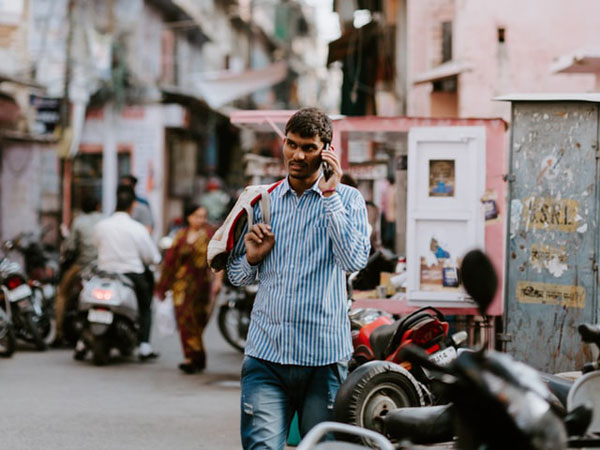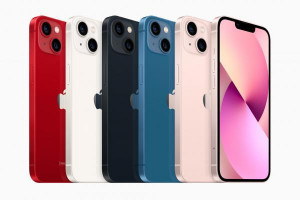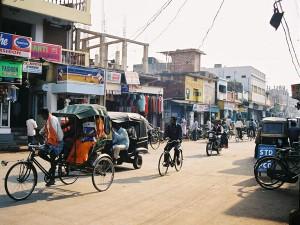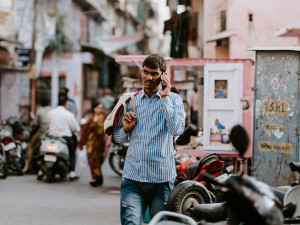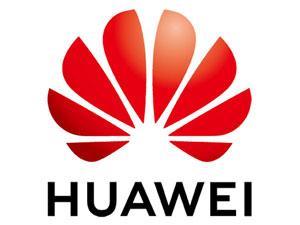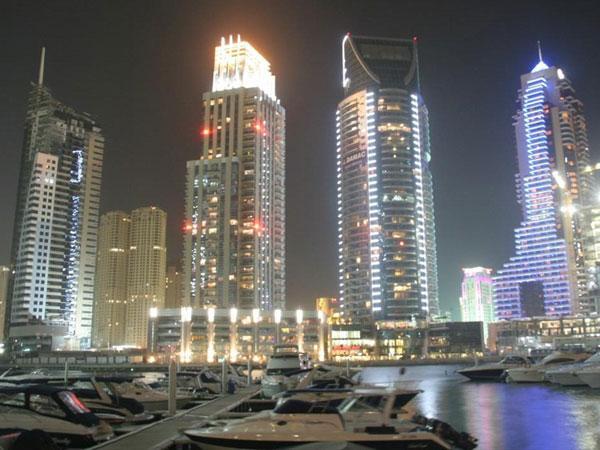Smartphone sales in India are down to their lowest level since 2019, despite the pandemic underlining the importance of connectivity in society. However, while the overall volume of shipments may have dropped, the devices in demand are increasingly more expensive high-end models.
As the premium device segment gains escalating prominence in India’s device market, what can this tell us about the state of the country’s economy?
Before the pandemic, the premium market was just 4% of shipment volumes in India, but by 2022 that figure had grown to 10%, says Counterpoint Research analyst Neil Shah. The premium market has continued to grow as the sweet spot for smartphones has moved from US$750 to around US$150-$250 in the last two to three years.
“As people buy their third or fourth smartphone, we’ll see them jumping a couple of hundred dollars and buying a better phone”, says Shah. “Since the pandemic, everyone has been spending a lot of time on their phones, and they’ve become more important devices in markets like India, i.e. mobile-first countries. We don’t have broadband penetration – it’s hardly 33 million out of 250 million households, so not many people have Wi-Fi. Everything they do in their lives digitally is on their phones – whether that’s eCommerce, content consumption, or communication. This means they’ve realised the value of having a good phone which can last for two to three years; previously, you’d be entering the smartphone ecosystem for the first time and you’d go with the US$150 phone, but as you use it more, you invest in a US$400-$600 phone.”
The expansion of India’s middle class is a key driver of demand for high spec devices. IDC analyst Kiranjeet Kaur told us: “There are various studies highlighting the rise of Indian middle class (the size and growth numbers may vary depending on definition of middle class), which is still very small compared to the western markets or even China, but is expected to continue to grow over the next few years. Just looking at the sheer size of the population, even with a fraction in upper income category, that is a sizable market.”
An addressable market with higher disposable income has not escaped the attention of brands such as Apple, which this year opened its first retail outlets in India. The manufacturer has built up to this, setting up several iPhone manufacturing facilities in India across the past few years. Shah notes that the most recent one or two generations of iPhones are becoming very popular, with Apple’s market share jumping from 2% to 6%.
“India is the largest market outside of China in terms of population, and Apple is seeing a lot of growth there – this is the right time for the vendor to capture the attention of India’s younger generation, hence the launch of Apple stores. It’s planning for the next five years, in which it could sell up to 30 million phones per year – and device costs aren’t escalating. Apple has typically charged a premium compared to other markets such as the US, which makes iPhones proportionally more expensive in India, but they’ve also started manufacturing in India, so they’re saving at least 20% on duties and it may well pass on this benefit to consumers. While this isn’t so likely for newer models, as there’s very high demand for these, it could lower the cost of previous generations to reduce barriers to entry.”
This all sounds like great news for a billion-dollar company that sells – arguably – overpriced devices, and indeed the downside of this growth is that India’s market for low-cost devices is declining. Shah notes that the sub-US$150 market has been shrinking for the last two to three years as consumers move to more expensive devices. Users of these devices have been burnt by inflation, so they’re holding onto their phones for longer and upgrading less quickly compared to the US$150-$400 segment. There’s a dichotomy as the lower end market declines and the premium/mid to high tier market is growing at the same time; companies like Xiaomi and Oppo are losing market share to companies like Samsung, Apple and OnePlus. Vivo has moved towards the mid-to-high tier and it’s seeing some growth; the market is shifting towards US$200-$250 phones and the lower end market is shrinking.
Kaur confirms this, saying: “We have seen smartphones in the lower price segment shrink – partly due to supply issues but also the demand has not been strong due to the recent macro-economic pressures”, which he notes “have had more impact on lower income groups, where most of the income is spent on non-discretionary items.” Some of these price hikes were due to increases in costs and technology shift, but vendors also shifted their focus to slightly higher priced phones where demand was relatively steady.
However, smartphone sales are slowing across the board, and this could be a good sign for consumers regardless of their income level. Shah notes that almost 650 million of India’s 1.4 billion population have smartphones, putting the penetration rate at around 45%. “There’s a lot of room left for growth, and we’re seeing close to 150 million new smartphone shipments per year. Across the price bands, there will be a lot of first time users, so eventually the sub-$100 market should expand, but we’re seeing many of these users jumping from no phone to a refurbished premium phone –this is a major driving factor for first time users.” This stagnates the market for new devices somewhat, particularly in the sub-US$100 segment, notes Shah. “If you can get a 3 or 4 year old iPhone for US$200, why would you buy an under-spec device for US$150 which only offers 4G?”
This ‘second-life’ segment is seeing escalating demand. India has banned the import of refurbished units from other markets, so this sector is based on refurbished local devices, restricting the market share for overseas vendors. Initially Apple’s base was a lot smaller than Android’s in India, so currently its share is fairly small, but in a few years time Shah expects there to be tens of millions of Apple users in India, exchanging devices which will then be refurbished to bring first time users into the ecosystem. That will eventually translate to half a billion users who are looking for a second or third device, and at this point Apple can try to attract them with a new iPhone.
While Apple is unlikely to dent Android’s popularity in the market, Shah believes that the only way for them is up – India has a young population that is attracted to Apple’s branding and ecosystem, and there are a lot of financing schemes aimed at helping people afford these devices. Shah notes that such schemes are a major factor in the growth of the high-end market, with Samsung in particular incentivising purchases with ‘buy now, pay later’ schemes that allow users to buy US$1500 devices without a credit check. All the user needs to do is fill in a form then keep up with payments; if they default on the payments their device is locked from the vendor’s side. Shah expects this model to catch on with other manufacturers; by making premium devices available via monthly payments, he predicts that access will increase as Indian consumers increasingly value a good phone over other luxuries. If they can make monthly payments on a phone, many consumers see higher value in this over making payments for a car, or eating out in restaurants.
But if this is the highest value proposition, how is this affecting India’s overall economy? In terms of spend share, mobile phones score pretty high, even ahead of housing and food. Other luxury items, such as cars, have high depreciation compared to phones – if you sell a high end device, even after three years you’ll see a good return on value. Shah highlights that a personal phone is a portal to all content consumption; since Wi-Fi is not that common, consumers use their network data to view sports content such as cricket matches, Bollywood movies, streaming services – essentially everything. This incentivises the purchase of reliable 4G and 5G devices, as well as phones with large screens and good battery life, meaning that higher end devices are increasingly considered essential even in lower income markets. There’s a big opportunity for manufacturers such as Apple and Samsung to sell consumers US$500 devices, not just $200-$300 devices, and the timing seems to be appropriate right now; Apple is launching stores as the high-end space grows, amid a backdrop of ‘premiumisation’ as more and more people buy their second or third smartphone. This is a great opportunity for higher end vendors to capitalise on this trend by showcasing their value proposition via stores.
Kaur agrees, noting that smartphone growth has slowed across other large markets and while India has felt this cooldown, there is still a lot of room for growth – and indeed, this slowing down of device turnover may be the factor that helps extend the reach of high-end devices to a low-income user base. “Just looking at per capita income in India, it is fair to say that iPhones will be limited to the upper income groups, but the growing secondhand market (where Apple has a large share), means that iPhones percolate down to the lower income groups as well.”



